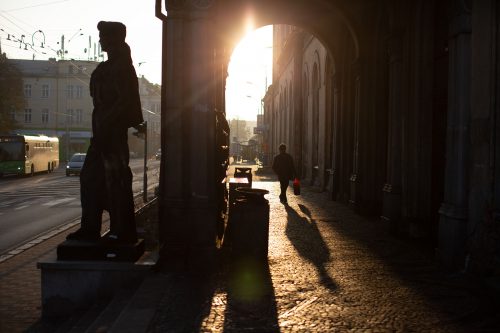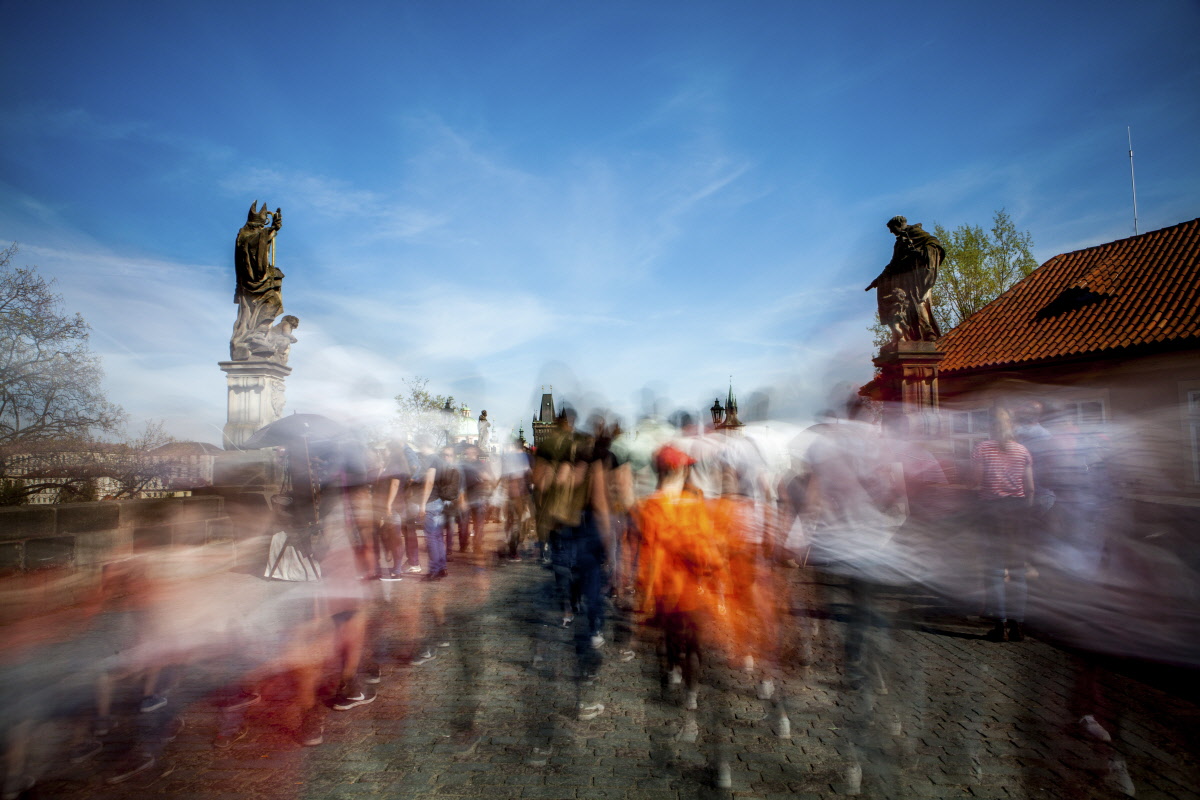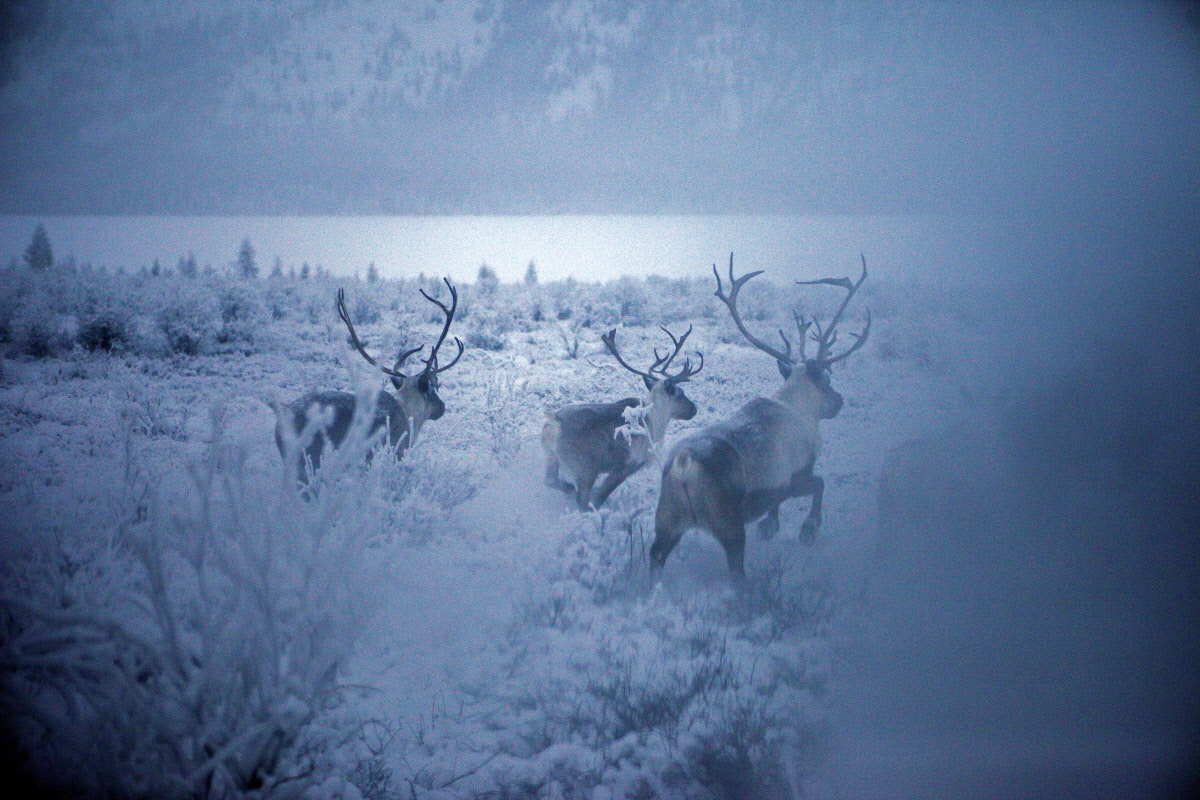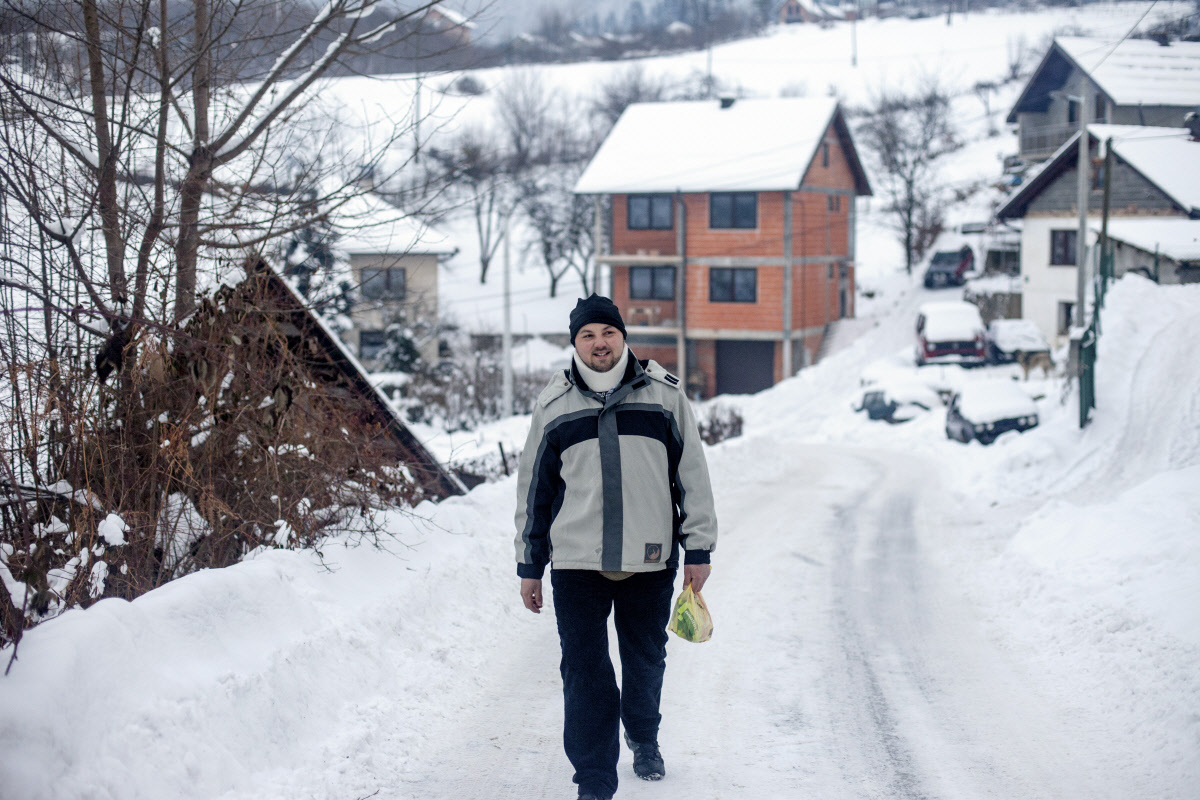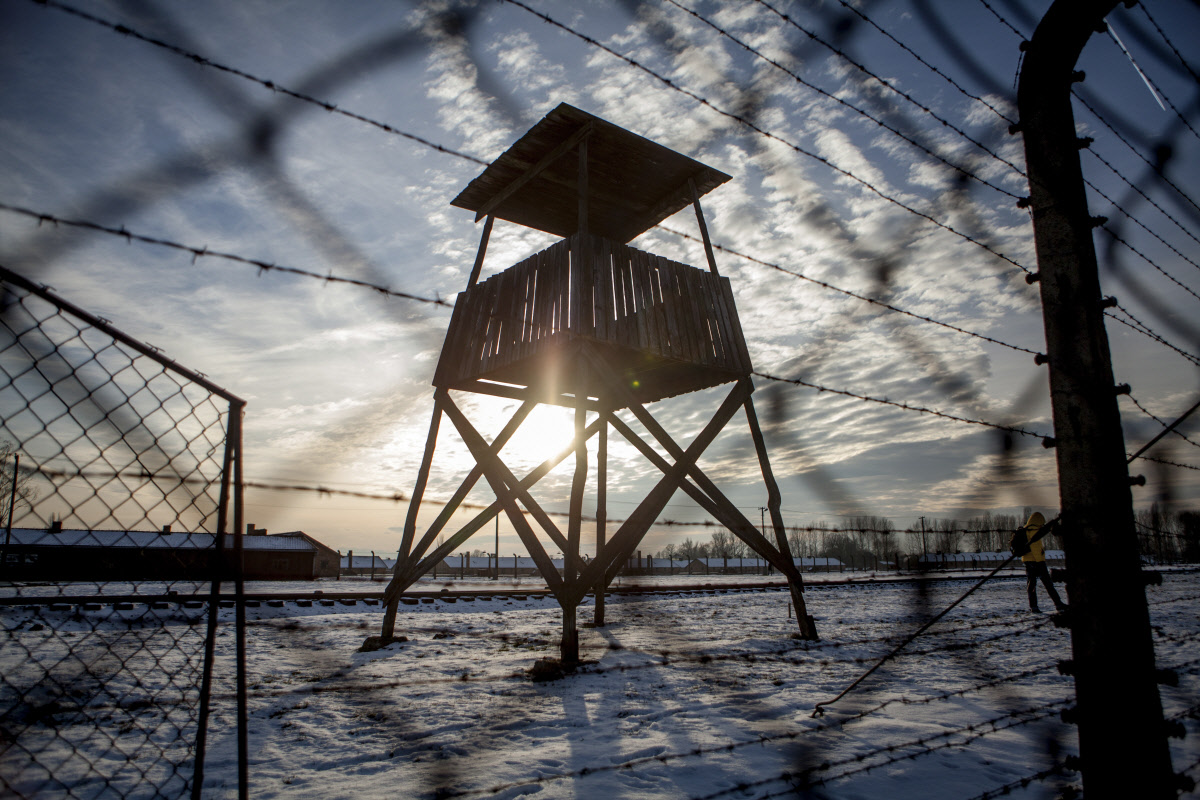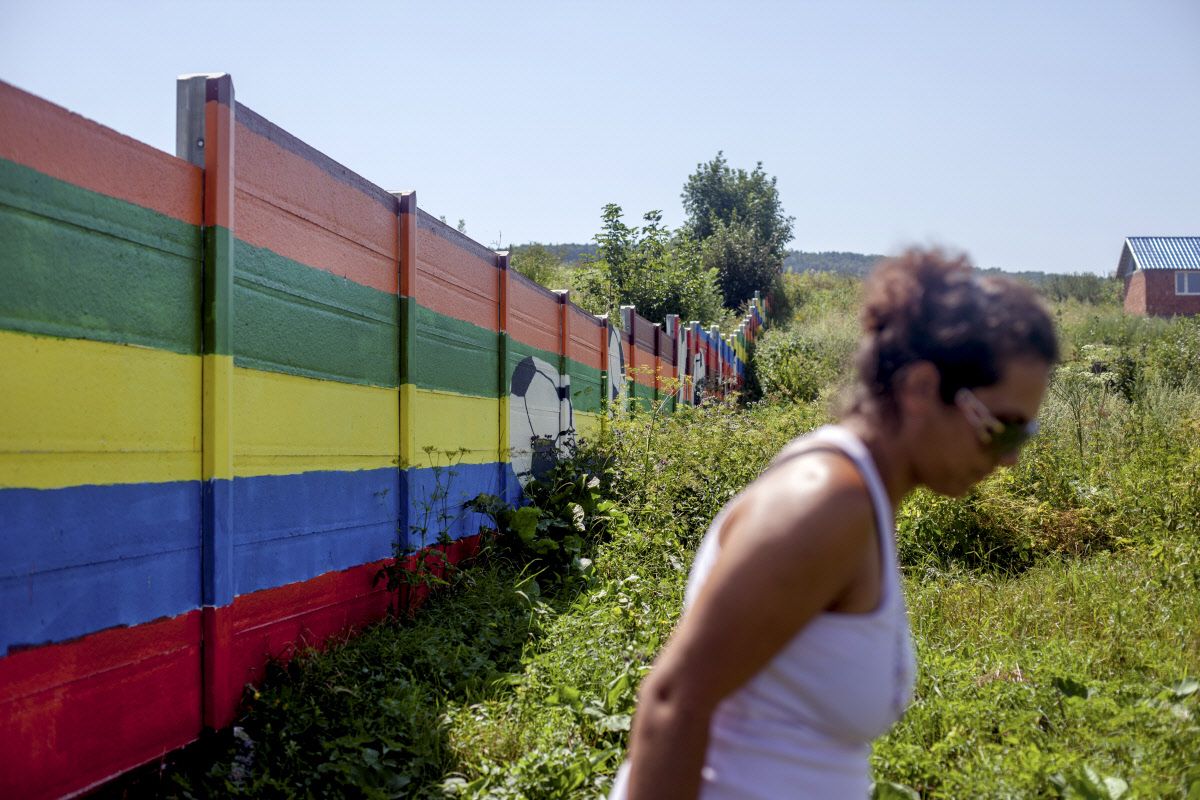Biography
German, 1970
Björn Steinz, born in 1970 in Oberursel im Taunus, Germany, began his photographic journey early in life, capturing moments for a local newspaper in his former hometown during the late 1980s.
Motivated by his experience volunteering in refugee camps during the Yugoslav Wars and extensive travels in Latin America, he pursued photography academically, commencing his studies at the Department of Photography at the Prague Academy of Performing Arts (FAMU) in 1994.
Since then, Björn has made Prague his home, immersing himself in the city's rich culture and history. It was during his time as a student that he forged a deep connection with Prague, which continues to inspire his work today.
Specialising in documentary photography, photojournalism, and portraiture, Björn often sheds light on the social issues facing marginalised communities in Eastern Europe. In addition to his academic pursuits, Björn's teaching career included a two-year tenure as Assistant Professor at Keimyung University in Daegu, South Korea. This experience broadened his perspective and enriched his understanding of diverse cultures and societies.
Over the years Björn ventured to Yakutia, Russia, a number of times, capturing the essence of this remote and unique region in the winter. Additionally, he has worked intensively in Roma communities all over Europe. His latest long-term project focuses on the Sudeten Germans, exploring his own family history and the former Sudetenland straddling the Czech-German border today.
His work has been featured in publications such as Du, Die Zeit, The Guardian, Der Stern, Geo Special, National Geographic, and the Open Society Foundations, among others.
Björn's commitment extends beyond capturing images. He engages in long-term projects like "Finding Elvis," which delved into the aftermath of the Bosnian War, and ongoing endeavours highlighting various societal challenges.
Since 2012, Björn has shared his expertise as a teacher of Documentary Photography and Visual Culture at the Anglo-American University in Prague.
I moved to Prague, the ‘Golden City’, in 1994 to study at the Academy of Art.
In the depths of winter I set out on a long and difficult journey to the coldest populated place in the northern hemisphere.
On 6 June 1992 the village of Miljevina, 64 km southeast of Sarajevo, was shelled and attacked by Serbian paramilitaries.
On 27 January 1945 the most notorious of Nazi Germany’s concentration camps in the small Polish town of Oświęcm, hereafter seared into the collective memory as Auschwitz, was liberated by advancing Soviet forces.
6 July 2015 marks the 600th anniversary of the martyrdom of Jan Hus in Konstanz on the shores of Lake Constance in southern Germany.
For centuries, Europe’s Romani people have traversed the continent, sometimes taking root and becoming sedentary, at other times staying on the move, true to their peripatetic tradition.

